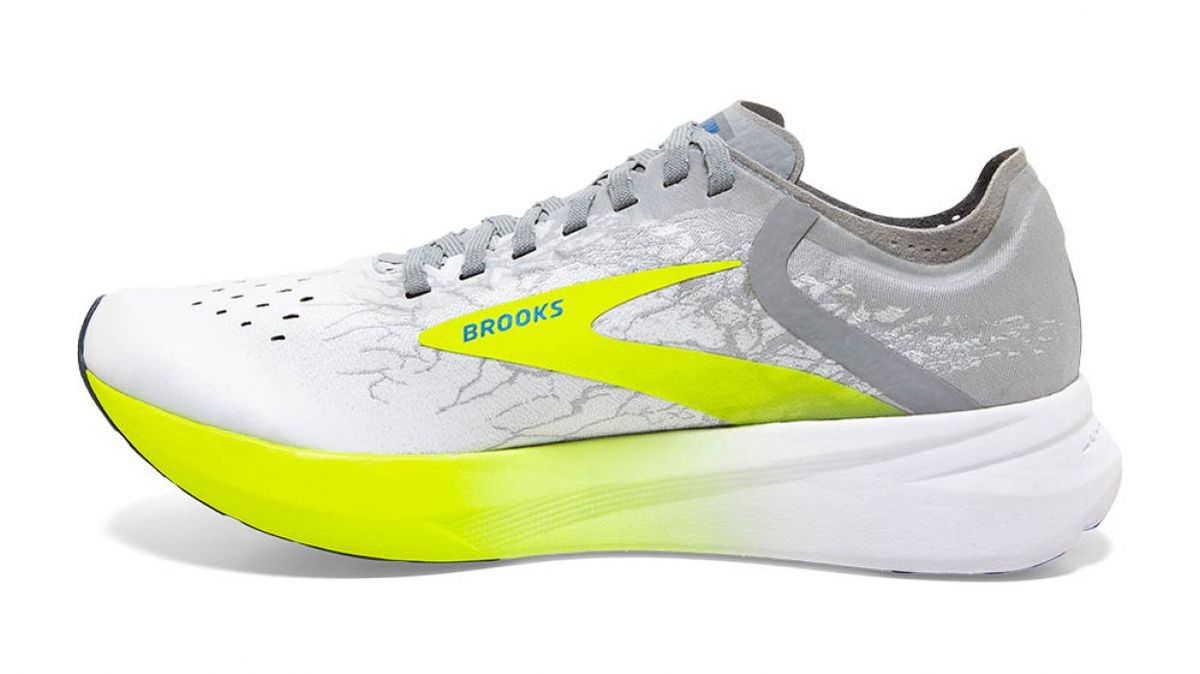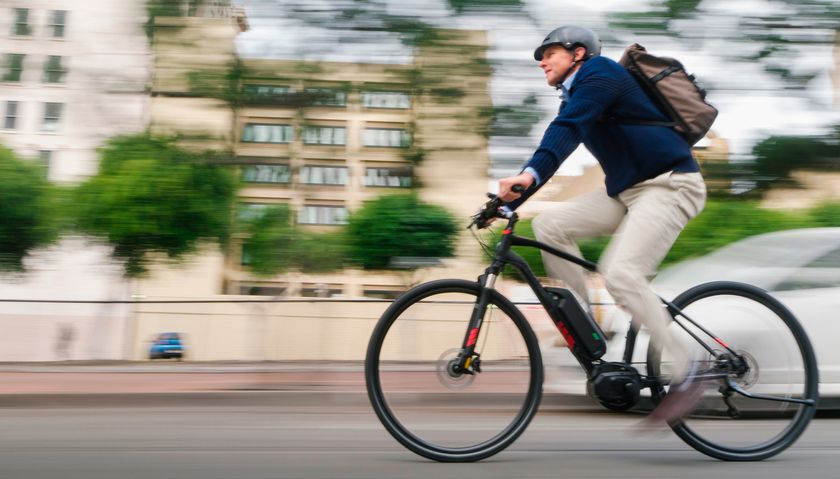You can trust Coach






Running shoes don’t normally make headlines, but the story of World Athletics considering a ban of the Nike Vaporfly running shoe has caught the attention. You may be wondering why Nike apparently has the monopoly on this kind of technology – can no other large sportswear companies compete with them?
The evidence so far suggests not. Hoka One One has released a couple of shoes with carbon plates (the Evo Carbon Rocket and Carbon X), but neither were designed to be thoroughbred marathon racers and New Balance’s first carbon shoe was designed for one-mile road races.
However, it’s been rumoured that proper marathon racing shoes with carbon plates were in the works from several brands for some time, and Brooks has been the first company to break cover with the launch of the Hyperion Elite.
A prototype of the shoe has been used by Brooks’s elite athletes for a couple of years – Desiree Linden won the Boston Marathon in 2018 while wearing a blacked-out version of the Elite – but it will be available to buy for the first time on 1st March. Like the Vaporfly, it will have an eye-wateringly high price – £210.
There are several other similarities to the Vaporfly as well. The high stack of lightweight cushioning for one, although Brooks’s DNA Zero EVA foam is not as springy as the ZoomX foam Nike uses in the Vaporfly. Then there’s the carbon plate, which provides stability and propulsion. And the shoe is topped off with a very light upper, so the Elite comes in under 200g, something Brooks told Coach was a prime goal when designing the shoe and a reason the midsole is not as springy – Brooks traded energy return for less weight.
See related
- Nike ZoomX Vaporfly NEXT% Running Shoe Review: The New Gold Standard
- Nike Air Zoom Alphafly NEXT% Review: The Best Marathon Racing Shoe
- The Best Marathon Running Shoes For Training And Racing
- The Best Running Shoes
After running 30km in the shoe – a decent chunk of its stated longevity, with Brooks telling us it’s only at its best for 50 to 100 miles (80 to 160km) – I think Brooks made the wrong choice with that trade-off. There’s very little bounce to the Hyperion Elite and it feels like a classic racing flat, just with a higher stack height. To my mind, a little more weight to get a bouncier foam in place would have improved the Elite as a marathon racer.
I did two hard runs in the Hyperion. The first was a progression 16km finishing a little slower than marathon pace, and the second a fartlek session running two rounds of 5/4/3/2/1 minutes on, one minute off. The first was more of a marathon training session and the second a standard speed day, so the Hyperion Elite should have been in its element in the former. However, the opposite was true. The firm ride of the shoe left my legs feeling battered and made progressing the pace feel tough, even over just 16km; the Elite felt far more natural in the short, sharp reps of the fartlek session.
As a result I can’t really imagine choosing the Hyperion Elite for a marathon, in the same way I wouldn’t wear the old Brooks Hyperion racing flat. I prefer a little more cushioning when tackling a full 42.2km and I’m certainly looking for more energy return from the midsole. The Vaporfly provides both in spades and Brooks’s EVA foam midsole simply cannot compete with the springy feel of the ZoomX foam Nike uses, which is made of a material called Pebax.
Given its high price and short-lived prime, the Hyperion Elite is a very hard sell. You could pick up a classic racing flat like the Hyperion, or Saucony Type A9, or Nike Zoom Streak 7 for £100 or less and enjoy a similar ride. Or, if you want a more cushioned shoe for long-distance races, like I do, there are several better options even if you don’t stump up for the Vaporfly.
Brooks has announced one itself – the Hyperion Tempo, on sale 1st April for £140. Billed as a training shoe to complement the Elite, the Tempo doesn’t have a carbon plate, but the DNA Flash midsole is infused with nitrogen to make it a little springier than the DNA Zero foam in the Elite. It’s still very light too, and in my testing I’ve found it faster and bouncier on long, hard runs than the Elite. A Brooks shoe with a carbon plate and the DNA Flash midsole foam would be a better long-distance racer in my book and I expect to see something along those lines released next year.
In short, the Elite is a swing and a miss as a Vaporfly rival. It’s a good short-distance racing shoe, but you’ll find equally fast and more durable options for a lot less than £210. For long-distance events the simple but damning verdict is that even if the Vaporfly didn’t exist, I wouldn’t use the Hyperion Elite for my marathons, and it wouldn't even be my first choice out of Brooks’s shoes.
Buy from Brooks | £210

Nick Harris-Fry is a journalist who has been covering health and fitness since 2015. Nick is an avid runner, covering 70-110km a week, which gives him ample opportunity to test a wide range of running shoes and running gear. He is also the chief tester for fitness trackers and running watches, treadmills and exercise bikes, and workout headphones.



